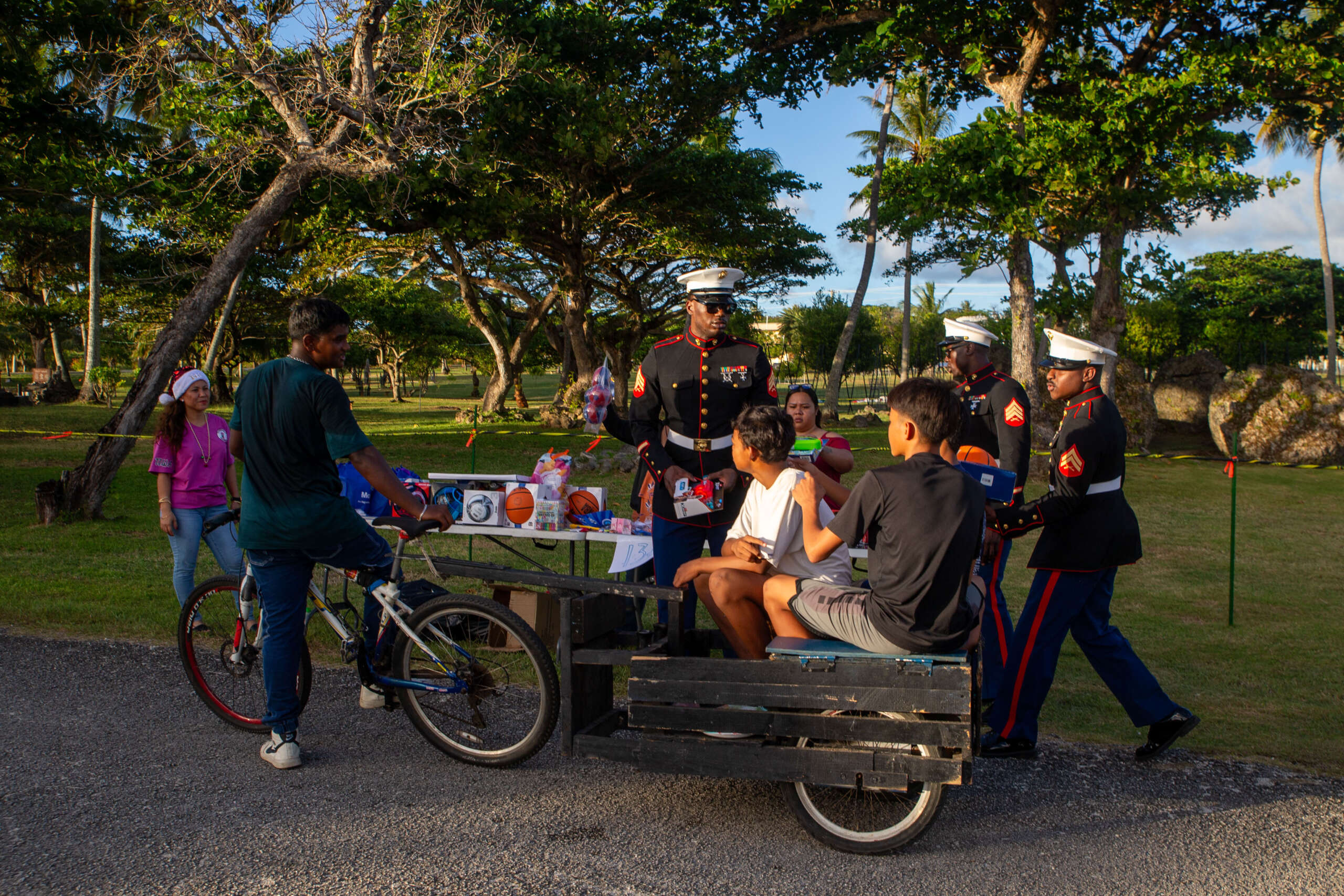- Civil, military leadership renews pledge to follow Quaid’s vision RADIO PAKISTAN
- Jinnah’s democratic legacy: challenges & prospects Dawn
- President, PM renew call to follow Quaid’s vision as nation celebrates his birth anniversary Geo News
Blog
-
Civil, military leadership renews pledge to follow Quaid’s vision – RADIO PAKISTAN
-
North Korea reveals new images of its first nuclear-powered submarine
Seoul, South Korea
—
North Korea on Thursday released new images of what it claims is its first nuclear-powered submarine, a massive vessel equal in size to some of the United…
Continue Reading
-
Bank lending to private sector hits record Rs1.5 trillion, fueling industrial growth
Bank lending to Pakistan’s private sector has reached a record Rs1.5 trillion in FY26, marking a significant rise due to reduced government borrowing from the banking system, according to the Pakistan Banks Association (PBA).
This surge in financing has led to an 8.33% growth in Large-Scale Manufacturing (LSM), underlining the private sector’s crucial role in driving industrial output and job creation.
PBA Chairperson Zafar Masud highlighted the positive shift, stating, “When government borrowing moderates, banks promptly deploy capital into business, industry, and agriculture.” This shift in lending reflects the banking sector’s ability to pivot liquidity from sovereign debt into productive areas of the economy, contributing to the recent industrial recovery.
The State Bank of Pakistan (SBP) reported that private sector credit expanded by Rs187 billion between July and November FY26, driven by easing financial conditions and improved consumer sentiment.
However, on a year-over-year basis, private sector credit saw a slight decline of 0.3% due to the high base effect from extraordinary credit expansion in the previous fiscal year.
The latest SBP figures show bank lending to private businesses reached Rs135.3 billion between July 1, 2024, and December 12, 2025, down from Rs1.47 trillion in the same period last year. For FY25, total private sector credit flows amounted to Rs1.08 trillion.
Meanwhile, the government’s borrowing from the banking system, including the SBP and commercial banks, was negative during the same period, with Rs166 billion repaid. This marked a contrast to the previous year when the federal government repaid Rs1.662 trillion.
The PBA also emphasized the banking sector’s liquidity and capitalization, noting that deposits have reached Rs35.1 trillion. The association stated that the recent surge in lending is a direct result of reduced government reliance on domestic banking deposits and structural reforms that have allowed banks to better serve the private sector.
Muneer Kamal, CEO and General Secretary of the PBA, added that risk-sharing frameworks and market-led mechanisms are essential to making private sector lending more attractive and sustainable.
Addressing long-standing criticisms, the PBA pointed out that banks have shifted focus toward sectors that traditionally struggled to access credit. Record liquidity has been channeled into small and medium enterprises (SMEs) and agriculture, ensuring more equitable distribution of financing across various sectors.
The number of SME borrowers increased by 56.9%, rising from 176,246 in June 2024 to 276,578 in June 2025. SME financing jumped by 40.7% to Rs691 billion.
Additionally, agricultural credit saw a historic turning point, with the number of farmers accessing credit rising by 7.3% to nearly 2.9 million. Agricultural disbursements hit a record Rs2.57 trillion, a 16.3% increase YoY, further highlighting the banking sector’s renewed engagement with the rural economy.
Continue Reading
-
Nation marks 149th birth anniversary of Quaid-e-Azam – RADIO PAKISTAN
- Nation marks 149th birth anniversary of Quaid-e-Azam RADIO PAKISTAN
- Quaid-i-Azam’s vision, ideals in focus as nation celebrates his 149th birth anniversary Dawn
- Minister underscores need to pursue Quaid’s vision, ideologies Business Recorder
Continue Reading
-

“Faith is believing in things when common sense tells you not to”
“Faith is believing in things when common sense tells you not to”
…
Continue Reading
-

Blackstone Announces Agreement to Acquire a Landmark Japan Logistics Asset, Marking the Largest Logistics Transaction in the Country This Year
TOKYO, JAPAN – December 25, 2025 – Blackstone (NYSE: BX) today announced that Real Estate funds managed by Blackstone (“Blackstone”) have entered into a definitive agreement to acquire Tokyo C-NX (the “Asset”), a Grade A logistics asset located in central Tokyo. Valued at over JPY 100 billion (US$641 million), this marks the largest logistics transaction in Japan this year and underscores Blackstone’s commitment to investing in sectors that support Japan’s economic growth.
The Asset – a 1.6 million square feet, 5-story warehouse in Tokyo Bay, within a 15-minute driving distance from the city center – serves as a mission-critical distribution hub. Japan continues to see steady demand for high-quality warehousing solutions, driven by its expanding e-commerce sector – now the fourth-largest globally – and a shift towards a more digitalized economy.
Daisuke Kitta, Head of Real Estate Japan, Blackstone, said: “We are pleased to invest in a premium asset in logistics, a fast-growing sector and one of Blackstone’s highest conviction investment themes. This reinforces our focus on investing in critical industries shaping Japan’s future and demonstrates our ability to offer scale, speed, and certainty to Japanese corporates seeking trusted partners to advance their strategic goals. We are committed to partnering with Japanese businesses and continuing to contribute in meaningful ways to the evolution of Japan’s economy.”
Japan is a high conviction market for Blackstone, where the firm has built partnerships with leading corporates including Seibu Holdings, Kintetsu Group, and Sony Group. In recent years, it has accelerated its investments across businesses. In Real Estate, Blackstone has built a diversified portfolio across logistics, residential, hotels, data centers, and offices. Earlier this year, Blackstone completed the acquisition of Tokyo Garden Terrace Kioicho for $2.6 billion (~JPY 400 billion) in the largest real estate investment at the time by a foreign investor. Blackstone is also building its data center presence in Japan through AirTrunk, a leading data center platform in the Asia Pacific region, further strengthening its position as the world’s largest data center provider and a major investor across the AI value chain.
Blackstone is a significant investor in logistics globally. Over nearly 15 years, the firm has made investments at scale in the United States, Europe, and in the Asia Pacific region across Japan, India, Australia, Greater China, and South Korea.
About Blackstone
Blackstone is the world’s largest alternative asset manager. Blackstone seeks to deliver compelling returns for institutional and individual investors by strengthening the companies in which the firm invests. Blackstone’s over $1.2 trillion in assets under management include global investment strategies focused on real estate, private equity, credit, infrastructure, life sciences, growth equity, secondaries and hedge funds. Further information is available at www.blackstone.com. Follow @blackstone on LinkedIn, X (Twitter), and Instagram.
Blackstone
Mariko Sanchanta
[email protected]
080 8702 7386
Kekst CNC
Minako Otani
[email protected]
090-3239-9348Continue Reading
-

Spurs captain Romero risks extended ban after failing to leave pitch following Liverpool red card
LONDON, Dec 25 — Cristian Romero could be hit with an extended suspension after he was charged by England’s ruling Football Association with failing to leave the field and acting in an “aggressive”…
Continue Reading
-

How “Field of Dreams” movie got its title
Would “Field of Dreams” be as iconic as it is today if it wasn’t called “Field of Dreams?”
Believe it or not, the man who made one of the greatest baseball movies ever hated the title when he first heard it.
“It sounds like a room…
Continue Reading
-
The Wait is Almost Over: Pakistan’s Newest Chinese-Built Submarines Will Soon Join the Fleet – quwa.org
- The Wait is Almost Over: Pakistan’s Newest Chinese-Built Submarines Will Soon Join the Fleet quwa.org
- Sunk In 1971 War, Pakistan’s PNS Ghazi Is Back; This Time With Chinese Backing & Armed With AIP Tech EurAsian Times
- Pakistan Launches Fourth…
Continue Reading
